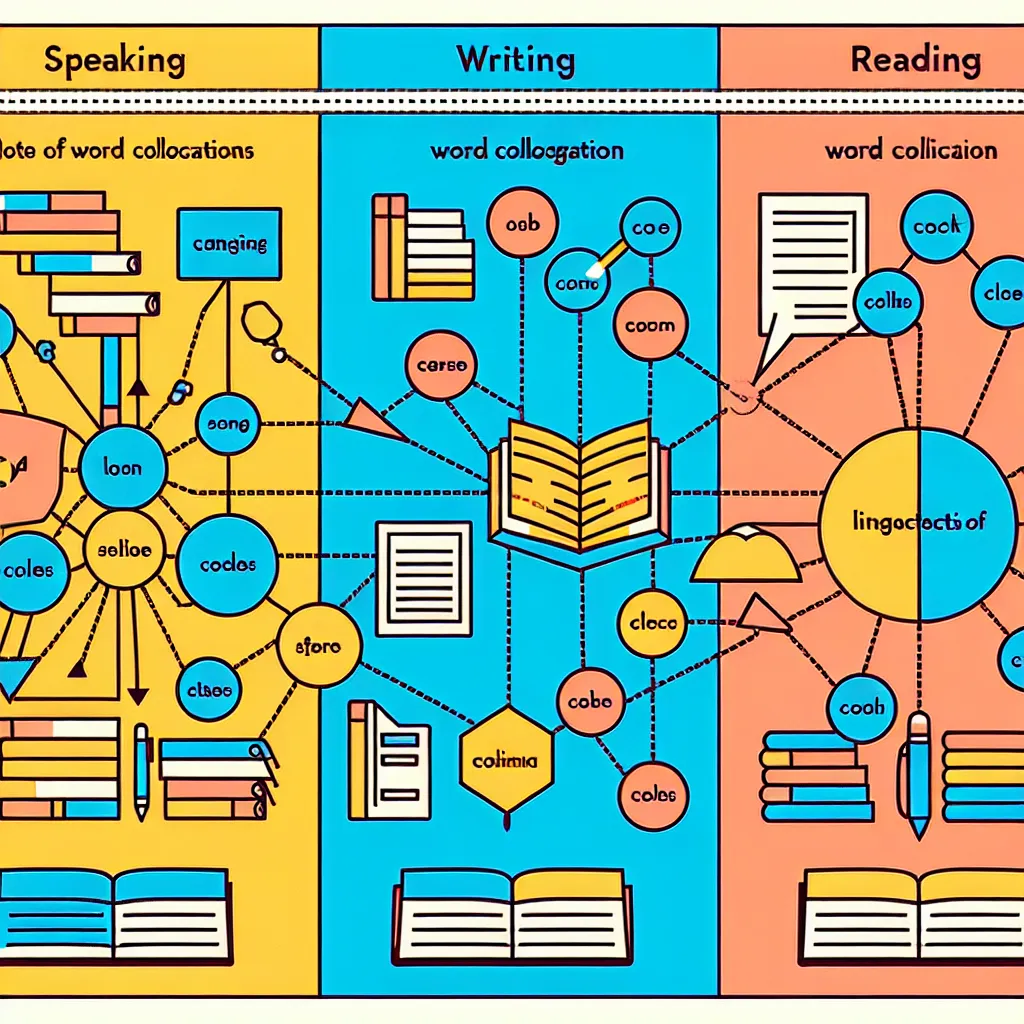Mastering collocations is crucial for success in the Pearson Test of English (PTE). These word partnerships not only enhance your vocabulary but also significantly improve your speaking and writing scores. In this comprehensive guide, we’ll explore the most effective strategies to learn collocations for PTE, ensuring you’re well-prepared for the exam.
Understanding Collocations and Their Importance in PTE
Collocations are words that naturally occur together in English. They’re essential for PTE because they demonstrate a higher level of language proficiency and fluency. Using collocations correctly can boost your scores in various sections of the PTE exam, including Speaking, Writing, and Reading.
 PTE Collocations Importance
PTE Collocations Importance
Effective Strategies to Learn Collocations for PTE
1. Immerse Yourself in Authentic English Content
One of the best ways to learn collocations naturally is through exposure to authentic English content. This method allows you to see and hear collocations in context, making them easier to remember and use.
- Read English newspapers, magazines, and books
- Watch English movies, TV shows, and documentaries with subtitles
- Listen to English podcasts and radio programs
By consistently engaging with native English content, you’ll start to recognize common word partnerships and internalize them.
2. Use Collocation Dictionaries and Online Resources
Specialized resources can significantly accelerate your collocation learning process:
- Oxford Collocations Dictionary
- Macmillan Collocations Dictionary
- Online tools like Just The Word or Linguee
These resources provide extensive lists of collocations and example sentences, helping you understand how to use them correctly.
3. Create a Collocation Notebook
Organize your learning by keeping a dedicated collocation notebook:
- Divide it into sections based on themes or parts of speech
- Write down new collocations you encounter with example sentences
- Review and practice using these collocations regularly
This method helps in active learning and reinforces your memory of collocations.
4. Practice with Collocation Exercises
Engage in targeted practice to reinforce your learning:
- Complete gap-fill exercises focusing on collocations
- Try matching exercises to connect words that collocate
- Use online quizzes and apps designed for collocation practice
Regular practice will help solidify your understanding and recall of collocations.
5. Implement the Chunk Learning Method
The chunk learning method involves learning phrases or “chunks” of language instead of individual words:
- Identify common collocations in your reading or listening materials
- Learn these collocations as complete phrases
- Practice using these phrases in your speaking and writing
This approach helps you develop more natural and fluent language use.
 Chunk Learning Method
Chunk Learning Method
6. Utilize Spaced Repetition
Spaced repetition is a learning technique that involves reviewing information at gradually increasing intervals:
- Use flashcards (physical or digital) to review collocations
- Start with daily reviews, then increase the intervals between reviews
- Focus more on collocations you find challenging
This method ensures long-term retention of collocations.
7. Apply Collocations in Your PTE Practice
Incorporate collocations into your PTE-specific practice:
- Use collocations in your speaking tasks, especially in Describe Image and Retell Lecture
- Include collocations in your writing tasks to enhance your essays
- Pay attention to collocations in reading and listening tasks to improve comprehension
By actively using collocations in your PTE practice, you’ll become more comfortable applying them during the actual exam.
Important Considerations
- Quality over Quantity: Focus on learning collocations that are relevant to common PTE topics and academic language.
- Context is Key: Always learn collocations within sentences or paragraphs to understand their proper usage.
- Regular Review: Consistently review and use the collocations you’ve learned to maintain them in your active vocabulary.
- Avoid Overuse: While collocations are important, don’t force them into your language use. Aim for natural integration.
Next Steps
Now that you understand the best ways to learn collocations for PTE, it’s time to put these strategies into practice:
- Start by creating your collocation notebook and selecting a collocation dictionary.
- Set aside dedicated time each day for collocation learning and practice.
- Incorporate collocations into your regular PTE preparation routine.
- Take practice tests to assess how well you’re using collocations under exam conditions.
- Join online PTE study groups or forums to share collocation resources and tips with other test-takers.
By following these strategies and consistently practicing, you’ll significantly improve your command of collocations, leading to better performance in your PTE exam. Remember, learning collocations is an ongoing process, so stay patient and persistent in your efforts. Good luck with your PTE preparation!




